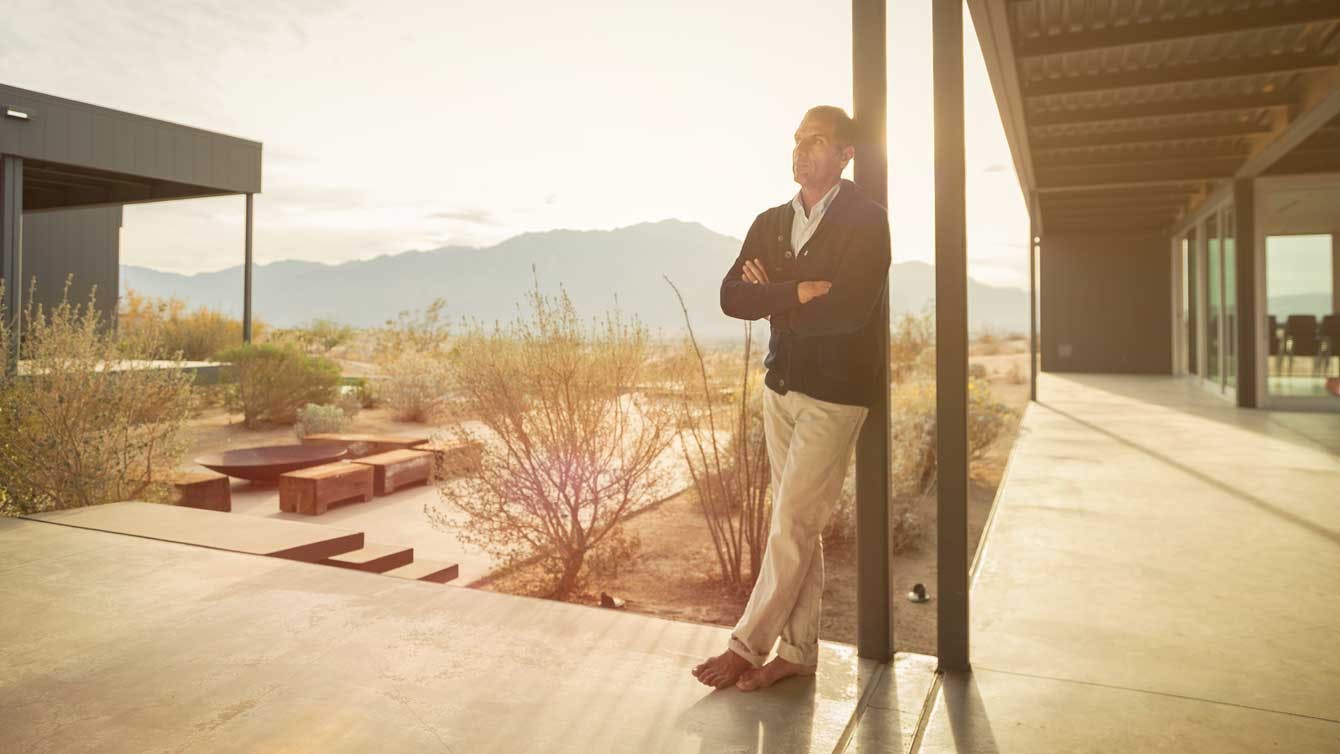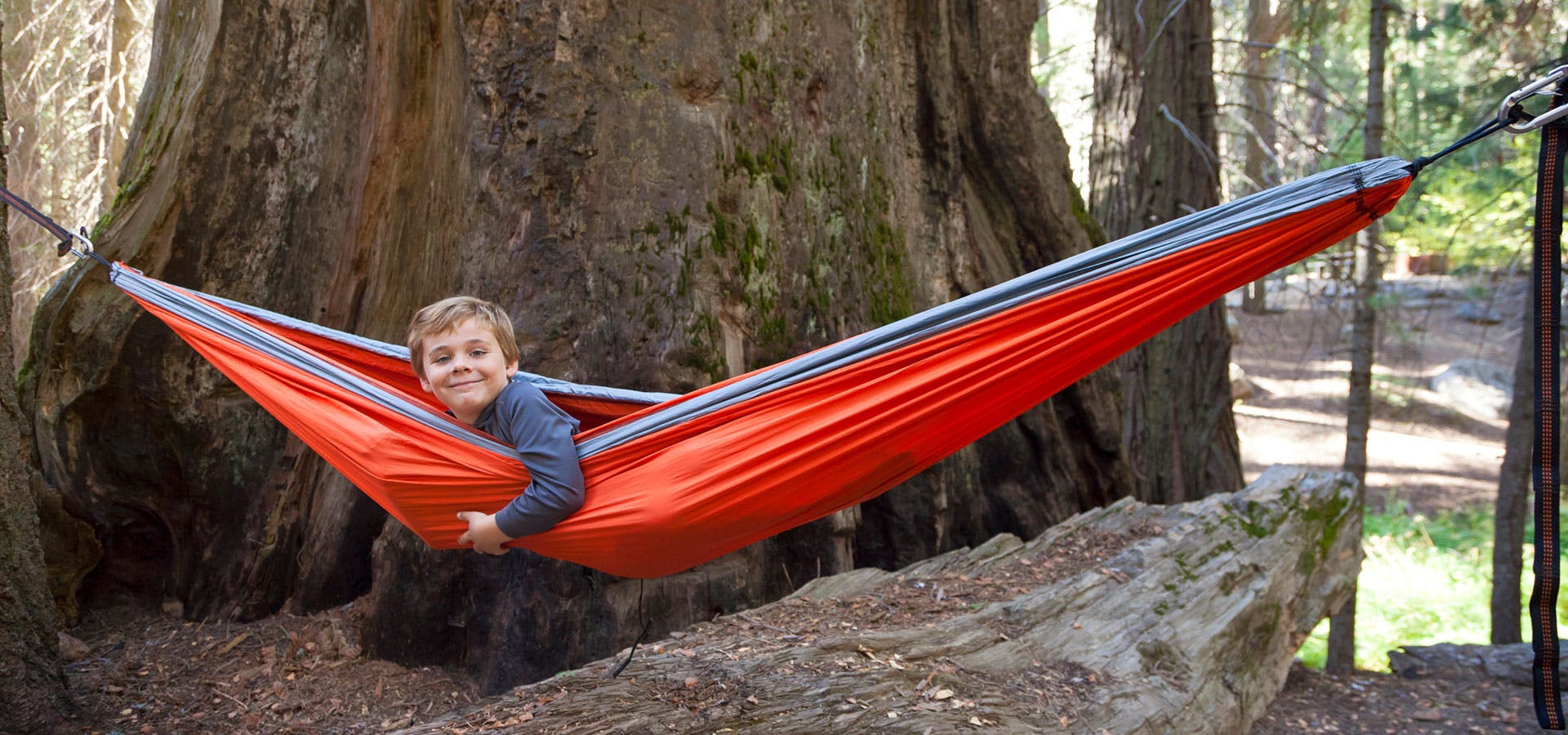At the same time, a talented young native Angeleno named Lee Clow had begun his own career in advertising. Growing up in LA, the avid surfer loved the water and had the inspired yet naive notion that he could somehow merge his personal aspiration of working near the beach and wearing shorts and flip flops with his professional ambition of contributing to a top creative ad agency.
But up until this point, such a place did not exist. Yet he knew there was something exciting happening in advertising, and he wasn’t about to miss out. Then he spotted Chiat/Day.
Lee tried for a year to get a job with the fledgling agency, practically camping out in their lobby, until finally one day his luck changed. He met Jay Chiat and was hired. As Lee’s dream came to fruition, the agency was infused with Lee’s unbridled creative energy. It was a perfect match.

Now widely considered the guru of advertising, Lee brought a drive and uncompromising genius to their creative team. Chiat/Day created some of the most enduring ad campaigns ever to run, transforming the once small agency into a creative powerhouse, while essentially relocating the mecca of advertising from Madison Avenue—not just to LA—but to the beach.
Though a living legend, Lee, a longtime Palos Verdes resident, is as genuine and down-to-earth as they come. He epitomizes Southern California cool. Dressed in casual beach attire with his kind smile and warm, relaxed yet clearly inspired manner of speaking, he puts all those around him at ease. He’s proud of his work yet modest about his achievements.
As he explains, “I think the basic makeup of a creative person is a lot of ego and drive and also a lot of insecurity. I think most creative people never know if they’re any good. If they decide they’re good, they’re probably not that good. To this day, everything I look at, I see something wrong with it. It’s not as good as it should be and could be better. And I think part of the creative temperament is being very insecure that your work isn’t good enough and at the same time having an ego and a drive to be at the forefront of doing great stuff.”
Lee’s body of work speaks for itself. He is the creative mind behind indelible campaigns for Nissan, Absolut and Pedigree and those evocative California Cooler ads, as well as the Energizer Bunny.
But Lee is perhaps best known and most admired for his work with his close friend and colleague Steve Jobs of Apple. Together they created transcendent ads that permanently altered modern advertising.
The monumental “1984” ad, inspired by Orwell’s eponymous book and directed by Ridley Scott—which aired only once during the third quarter of Super Bowl XVIII, introducing the world to the Mac—is considered one of the most powerful and impacting ads of all time. In 1997, when Steve Jobs returned to turn around the company he founded, he hired back his old friend Lee’s agency to again handle their advertising.
Lee and Steve created the influential and timeless “Think Different” campaign. Then as the company began to launch its succession of revolutionary products—the iMac, iBook, iPod, iPhone, iTunes, iPad and so on—Lee and his team were right there, instrumental in creating every notable advertising initiative to launch and support each of these innovative products.
Together, Lee and Steve not only changed the face of advertising; they changed our lives and our world. The ripple effect of their incredible work together is enduring.
When asked to elaborate on the culture of SoCal advertising, Lee explains, “The West Coast created casual Friday. We impacted the dress code. And we impacted the creativity of our business, because we came at it from a relaxed, fun, casual approach. One of my favorite campaigns was California Cooler, because it’s as if I almost got to stick a product right into my life.”

In the mid-‘90s, Chiat/Day merged with TBWA, forming TBWA\Chiat\Day. The company created an ad agency to focus on Apple called TBWA\Media Arts Lab, a name that reflects the company’s core tenet of Disruption + Media Arts. The success of TBWA\Media Arts Lab brought new respect and cache to SoCal advertising, paving the way for other creative agencies to make their homes in the beach towns of Los Angeles as well.
“The West Coast of the U.S. is the media arts capital of the world,” says Lee. “It’s the epicenter of all entrepreneurial, artistic things—from Hollywood to Disney to Silicon Valley when it became genius to all the video game designers that are here. When advertising moved to the West Coast—here and Portland and San Francisco—we all started setting a new standard for advertising that Madison Avenue still hasn’t actually caught up with.”
A generation of creatives made their mark in advertising far from Manhattan. None of those upstarts is more revered than Lee Clow.
It almost sounds like a Hollywood script. The ad agency credited with shifting the ad industry from Manhattan to SoCal was founded in one of Los Angeles’ most iconic locales. At Dodger Stadium in April 1968, with a handshake and a hot dog during the seventh-inning stretch, Jay Chiat and Guy Day agreed to merge their two smaller, LA-based agencies.
 Both men admired each other’s work. Guy had the brilliant idea that if they combined their agencies to form one larger shop, they could attract stronger accounts.
Both men admired each other’s work. Guy had the brilliant idea that if they combined their agencies to form one larger shop, they could attract stronger accounts.
As the story goes, Jay and Guy flipped a coin to see who would be president. Guy won. Then the two new partners gathered their employees together, informed them of the newly formed company and asked them to get to work … there was new business to win.
The merger proved successful, as the new agency won the first accounts it pitched as a team. From its inception, Jay and Guy determined that Chiat/Day would be dedicated to doing great work.
At that time, the Southern California ad industry was primarily based in downtown Los Angeles or in Hollywood, closer to the production companies also servicing the film business. But Jay knew there was something magical about the beach. He knew that a more casual, laid-back vibe could spur a new, creative approach to a dated industry.
At the same time, a talented young native Angeleno named Lee Clow had begun his own career in advertising. Growing up in LA, the avid surfer loved the water and had the inspired yet naive notion that he could somehow merge his personal aspiration of working near the beach and wearing shorts and flip flops with his professional ambition of contributing to a top creative ad agency.
But up until this point, such a place did not exist. Yet he knew there was something exciting happening in advertising, and he wasn’t about to miss out. Then he spotted Chiat/Day.
Lee tried for a year to get a job with the fledgling agency, practically camping out in their lobby, until finally one day his luck changed. He met Jay Chiat and was hired. As Lee’s dream came to fruition, the agency was infused with Lee’s unbridled creative energy. It was a perfect match.
 Now widely considered the guru of advertising, Lee brought a drive and uncompromising genius to their creative team. Chiat/Day created some of the most enduring ad campaigns ever to run, transforming the once small agency into a creative powerhouse, while essentially relocating the mecca of advertising from Madison Avenue not just to LA but to the beach.
Now widely considered the guru of advertising, Lee brought a drive and uncompromising genius to their creative team. Chiat/Day created some of the most enduring ad campaigns ever to run, transforming the once small agency into a creative powerhouse, while essentially relocating the mecca of advertising from Madison Avenue not just to LA but to the beach.
Though a living legend, Lee, a longtime Palos Verdes resident, is as genuine and down-to-earth as they come. He epitomizes Southern California cool. Dressed in casual beach attire with his kind smile and warm, relaxed yet clearly inspired manner of speaking, he puts all those around him at ease. He’s proud of his work yet modest about his achievements.
As he explains, “I think the basic makeup of a creative person is a lot of ego and drive and also a lot of insecurity. I think most creative people never know if they’re any good. If they decide they’re good, they’re probably not that good. To this day, everything I look at, I see something wrong with it. It’s not as good as it should be and could be better. And I think part of the creative temperament is being very insecure that your work isn’t good enough and at the same time having an ego and a drive to be at the forefront of doing great stuff.”
Lee’s body of work speaks for itself. He is the creative mind behind indelible campaigns for Nissan, Absolut and Pedigree and those evocative California Cooler ads, as well as the Energizer Bunny.
But Lee is perhaps best known and most admired for his work with his close friend and colleague Steve Jobs of Apple. Together they created transcendent ads that permanently altered modern advertising.
The monumental “1984” ad, inspired by Orwell’s eponymous book and directed by Ridley Scott—which aired only once during the third quarter of Super Bowl XVIII, introducing the world to the Mac—is considered one of the most powerful and impacting ads of all time. In 1997, when Steve Jobs returned to turn around the company he founded, he hired back his old friend Lee’s agency to again handle their advertising.
Lee and Steve created the influential and timeless “Think Different” campaign. Then as the company began to launch its succession of revolutionary products—the iMac, iBook, iPod, iPhone, iTunes, iPad and so on—Lee and his team were right there, instrumental in creating every notable advertising initiative to launch and support each of these innovative products.
Together, Lee and Steve not only changed the face of advertising; they changed our lives and our world. The ripple effect of their incredible work together is enduring.
When asked to elaborate on the culture of SoCal advertising, Lee explains, “The West Coast created casual Friday. We impacted the dress code. And we impacted the creativity of our business, because we came at it from a relaxed, fun, casual approach. One of my favorite campaigns was California Cooler, because it’s as if I almost got to stick a product right into my life.”
In the mid-‘90s, Chiat/Day merged with TBWA, forming TBWA\Chiat\Day. The company created an ad agency to focus on Apple called TBWA\Media Arts Lab, a name that reflects the company’s core tenet of Disruption + Media Arts. The success of TBWA\Media Arts Lab brought new respect and cache to SoCal advertising, paving the way for other creative agencies to make their homes in the beach towns of Los Angeles as well.
“The West Coast of the U.S. is the media arts capital of the world,” says Lee. “It’s the epicenter of all entrepreneurial, artistic things—from Hollywood to Disney to Silicon Valley when it became genius to all the video game designers that are here. When advertising moved to the West Coast—here and Portland and San Francisco—we all started setting a new standard for advertising that Madison Avenue still hasn’t actually caught up with.”
A generation of creatives made their mark in advertising far from Manhattan. None of those upstarts is more revered than Lee Clow.
[tribulant_slideshow gallery_id=”21″]










